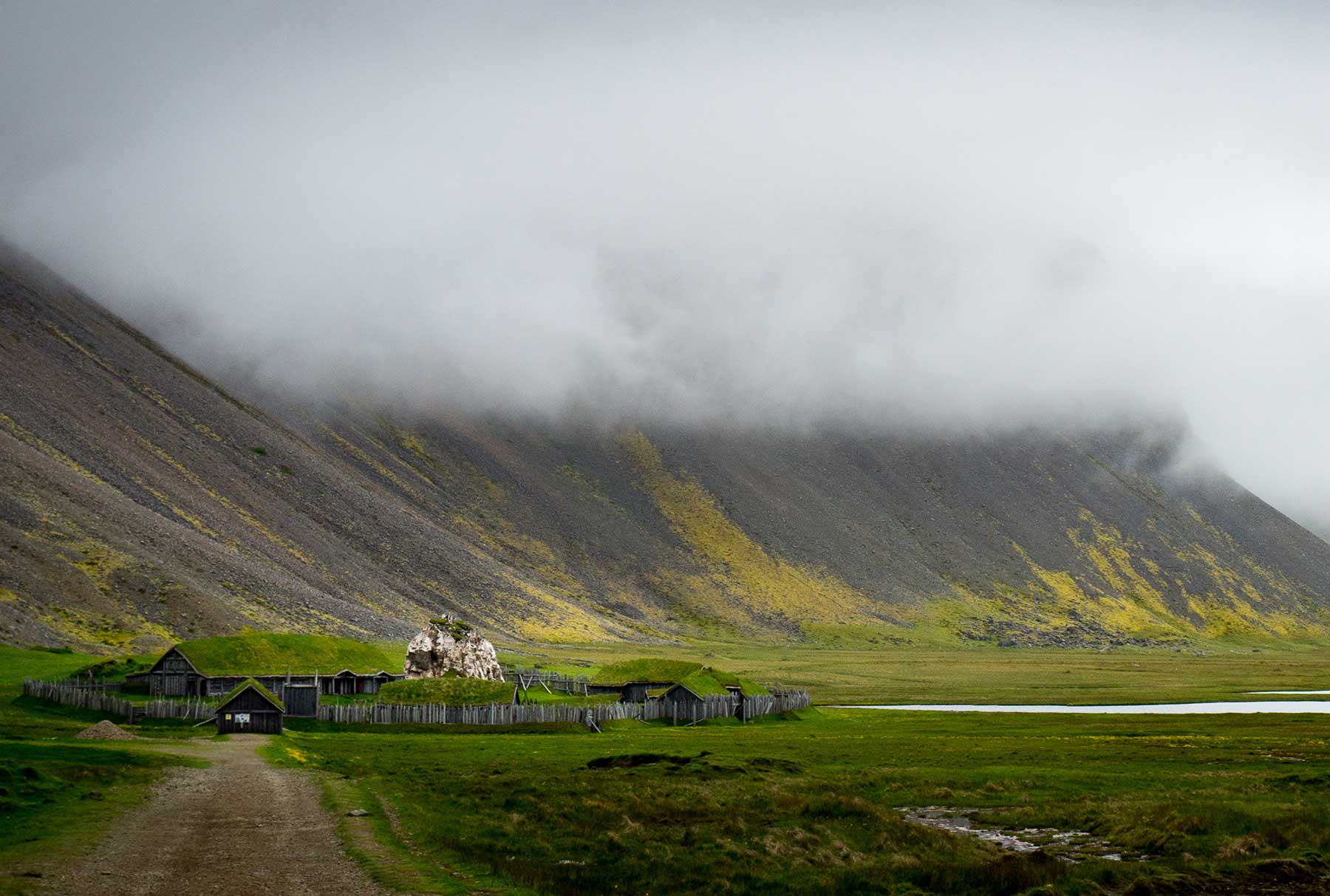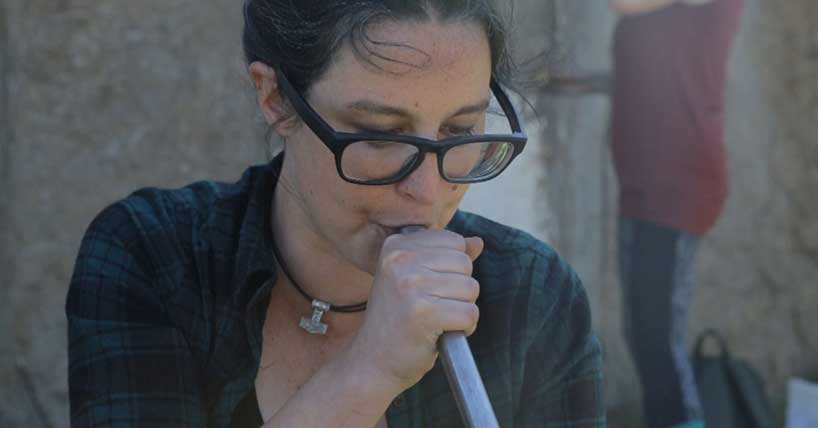Alicia Hart Sawyer
Alicia's area is geoarchaeology and micromorphology. Her PhD looks at Developing the Potential of Ash through Integrating Microfossil Analysis and Geochemistry in Viking Age Iceland. Read more.
Project description
Ash is an inorganic residue that remains after the combustion of a resource. It is a ubiquitous component of archaeological sites. We can use it as an indicator of controlled use of fire for a range of activities. These include food preparation, heat, crop processing and goods production (metals and pottery).
Ash residues also provide information on the type of fuel used for these activities. Thus, it is closely linked to our understanding of human-environment interactions. It is both prevalent and important in identifying and understanding these past behaviours. But research on ash residues has focused on fuel derived from wood. Non-woody resources, and their linked behaviours, are largely ignored. Non-wood fuels are difficult to identify using traditional archaeological methods. In regions where wood was a limited commodity or not available, people naturally turn to other fuels as their primary resource. Identifying these ash deposits is key if we are to understand the full range of socio-cultural activities at local scales.
My research will fill this gap in our understanding. I am developing a novel approach. It is multi-scalar and geoarchaeological. It will identify non-woody ash and other fuel resources.
The approach will combine:
- traditional macroscopic geoarchaeological principles including stratigraphy, sedimentology, and pedology
- microscopic approaches including thin-section micromorphology, bulk geochemical analyses using Fourier Transform Infrared Spectrometry (FTIR) and portable X-ray fluorescence spectrometry (pXRF)
- microfossil identification through the application of Scanning Electron Microscopy (SEM)
To make an archaeological comparison, I will carry out controlled experiments of burned fuels. This will create a database of references for burned signatures. My method will identify unique properties and characteristics of non-woody fuel residue using set burn conditions. The results will identify specific fuel resources. They will also allow for comparability between fuel types. My research focuses on fuel use in Viking Age Iceland. The method and ash database will be applicable to archaeological contexts in other regions and time periods.
Publications
- 2015 Holcomb, J. A. and A. Sawyer. Quantifying Context: Integrating pXRF Chemostratigraphy and Thin-Section Micromorphology at Skagafjörður Northern, Iceland. Paper presented at the Geological Society of America annual meeting: Baltimore, MD.
- 2015 Sawyer, A. Modeling Past Landscapes Using Tephra Chronostratigraphic Horizons: a Method Combining GIS and Micromorphology. Presentation given at the Northeast Environmental Archaeology Network annual meeting: Boston, MA.
- 2015 Sawyer, A. and J. A. Holcomb. Interpretation of Midden Formation Processes at Three Farms in Skagafjörður, Northern Iceland using Thin Section Micromorphology and pXRF Chemostratigraphy. Poster presented at the Society for American Archaeology annual meeting: San Francisco, CA.
Qualifications
- BA Anthropology, University of California, Los Angeles (Summa Cum Laude) 2008
- MA Geoarchaeology, Boston University 2016. Thesis: Site Formation Processes at Three Viking Age Farm Middens in Skagafjörður, Iceland

